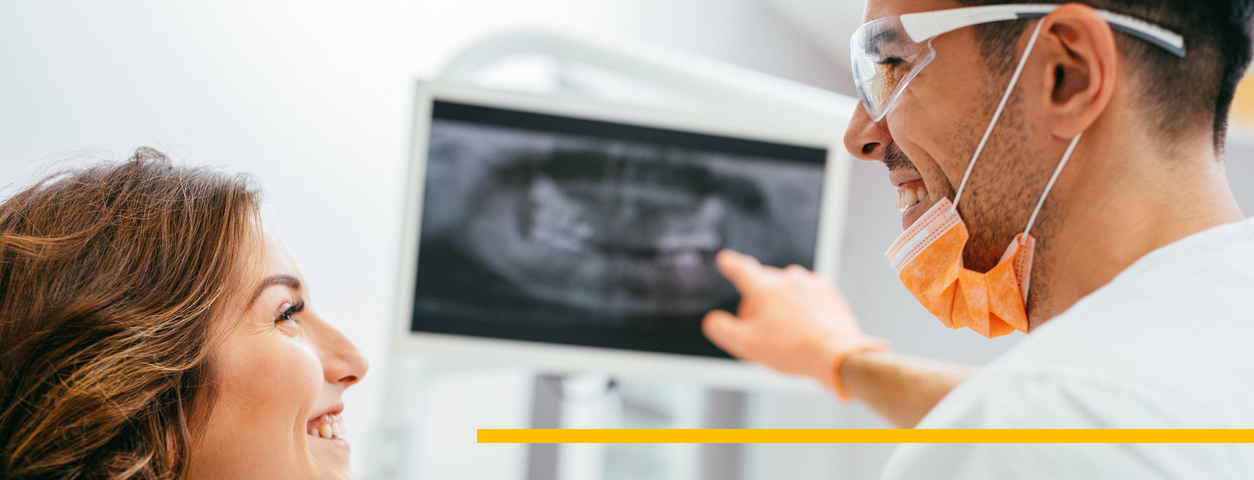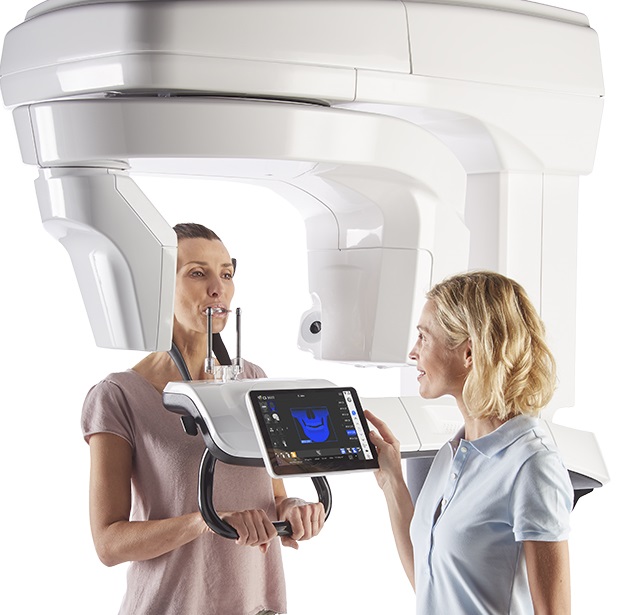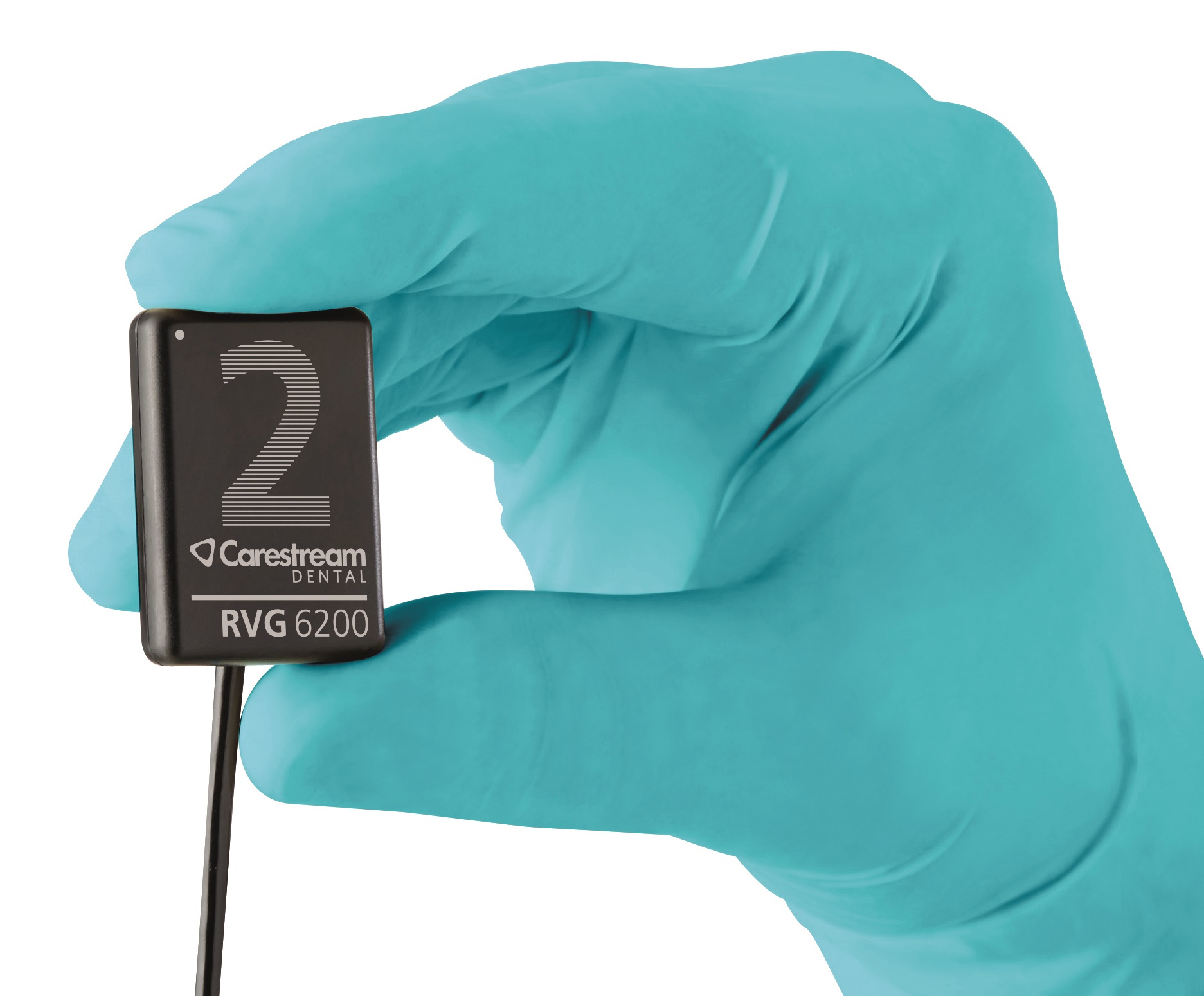How to Choose the Right Technology for Your De novo Office

Digital technology is increasingly playing a key role in dentistry and the growth of dental service organizations (DSOs). Although clinical expertise and experience are at the forefront of patient care, digital solutions are streamlining the office workflow and diagnostic procedures. For a de novo office, choosing the right technology in advance is not only vital for delivering the highest caliber of dental care but for catering to a high volume of patients. Since DSOs are growing at a rate of three times faster than the dental industry[1], offices need the technology and resources to support their specialized industry. With these advanced tools, DSO doctors can deliver predictable and more consistent outcomes, increase case acceptance and can grow revenue over time
Going digital has become easier than ever before and allows offices to save valuable time and money without sacrificing high-quality outcomes. In fact, many patients between the ages of 25 and 54 said that they would switch from their current dentist if they did not offer advanced technology treatment options.[2] Patient acquisition is especially important for de novo offices who are looking to establish and achieve high returns on investment (ROIs). Acquiring new technology is a great way to accelerate the growth of a de novo practice and increase efficiency. There’s no denying that the future of dentistry looks digital and includes the latest technologies such as cone-beam computed tomography (CBCT) systems, intraoral sensors, intraoral cameras and scanners. DSOs are in a unique position to support dentists and their teams with the convenience and cutting-edge care that today’s modern patients expect.
 CBCT Systems
CBCT Systems
CBCT systems are continually growing in popularity. Their high accuracy and relatively low radiation dose compared to other imaging methods are believed to have contributed to their rising favor[3], giving practitioners all the information they need to diagnose and plan implant treatment safely. With improved diagnostic capabilities, you can discontinue the practice of referring patients out for scans, increasing your return on investment (ROI) for your de novo. CBCT imaging also gives you the clinical confidence to perform more basic and complicated procedures yourself, keeping treatment in-house. CBCT systems can streamline your workflow by working seamlessly with your imaging and practice management software. The ability to reference a CBCT image can greatly simplify a complex treatment plan and increase case acceptance.
Intraoral Sensors
 By capturing images with digital technology—such as intraoral sensors—offices no longer have to purchase expensive consumables, such as film or chemicals. Intraoral sensors are innovative solutions designed to enhance image quality and improve patient comfort. With fast image acquisition and efficient access to historical image data, you can get patients in and out on time.
By capturing images with digital technology—such as intraoral sensors—offices no longer have to purchase expensive consumables, such as film or chemicals. Intraoral sensors are innovative solutions designed to enhance image quality and improve patient comfort. With fast image acquisition and efficient access to historical image data, you can get patients in and out on time.
Digital radiography is highly adaptable and comes in all shapes and sizes. It’s true—the initial cost of digital radiography is more expensive than film. However, unlike film radiography, this is a one-time cost. If you consider how much time you save and money you could save by not purchasing consumables such as film and chemicals every month, you may discover that you will save money in the long run. Overall, a good intraoral sensor can provide many benefits for DSO clinicians, their staff, and patients.
Intraoral Cameras
 If you’re looking for high image resolution, look no further than to an intraoral camera. Intraoral cameras provide high spatial and contrast resolution that offers offer a faster and more confident diagnosis. Intraoral cameras can provide true-to-life images with each shot. It’s an ideal communication tool that is easy to use and share. With just one camera, anyone in your practice can perform both intraoral and extraoral exams, capture still images or videos and then quickly display them on your choice of a PC or video monitor. Incorporating intraoral cameras into your digital workflow is another great way to increase case acceptance and patient education. These high-quality images can help redefine the way you communicate and clarify details with patients and insurance companies. (incorporate more information about insurance acceptance. I pulled this sentence from a marketing email: More and more, insurance companies ask for photos—not X-rays—of a patient’s clinical situation before they approve treatment. Why? Photos often reveal more visual evidence, proving the need for treatment.
If you’re looking for high image resolution, look no further than to an intraoral camera. Intraoral cameras provide high spatial and contrast resolution that offers offer a faster and more confident diagnosis. Intraoral cameras can provide true-to-life images with each shot. It’s an ideal communication tool that is easy to use and share. With just one camera, anyone in your practice can perform both intraoral and extraoral exams, capture still images or videos and then quickly display them on your choice of a PC or video monitor. Incorporating intraoral cameras into your digital workflow is another great way to increase case acceptance and patient education. These high-quality images can help redefine the way you communicate and clarify details with patients and insurance companies. (incorporate more information about insurance acceptance. I pulled this sentence from a marketing email: More and more, insurance companies ask for photos—not X-rays—of a patient’s clinical situation before they approve treatment. Why? Photos often reveal more visual evidence, proving the need for treatment.
Intraoral Scanners
 Intraoral scanners have transformed patient care with the way they streamline the traditional workflow. In the past, inaccurate traditional impressions were one of the main causes of ill-fitting final restorations or appliances. Today, intraoral scanners and digital impressions have drastically cut back on the risk of inaccuracies. They are fast, efficient, and ergonomic for all oral health professionals. With an intraoral scanner, offices can cut back many of the consumables associated with traditional impressions, including plastic trays, alginate powder, and PVS materials.
Intraoral scanners have transformed patient care with the way they streamline the traditional workflow. In the past, inaccurate traditional impressions were one of the main causes of ill-fitting final restorations or appliances. Today, intraoral scanners and digital impressions have drastically cut back on the risk of inaccuracies. They are fast, efficient, and ergonomic for all oral health professionals. With an intraoral scanner, offices can cut back many of the consumables associated with traditional impressions, including plastic trays, alginate powder, and PVS materials.
CAD/CAM systems allow users to scan, design, mill and place a crown in a single appointment, and it’s changing the way dentists handle restorations. Immediate benefits include the convenience of working entirely in-house; a streamlined workflow with tools that work together seamlessly; and, of course, single-appointment restoration for patients. Intraoral scanners play a huge role in expediting standard care and turnover with the lab.
It’s no secret that dentistry is experiencing a technology revolution that is reshaping everyday workflows. Technology is now minimally invasive, more comfortable, quicker and easier to use. For this reason, it is more important than ever to have integrated technology to ensure top enterprise performance. Carestream Dental offers software solutions that seamlessly pairs with equipment for an optimized and streamlined workflow. Our multi-faceted imaging software module can integrate with nearly all practice management software ensuring better quality patient care. Although there are many digital solutions on the market, only the right technology can provide adequate support for everyday diagnostic needs.
Carestream Dental understands the unique needs of a dynamic DSO environment. Did you know that Carestream Dental provides National Accounts with direct after-hours support? No need to hunt anything down through a distributor, contact us or call 888.464.3910 to learn more about service options for your organization.
---------------------------------
[1] Infographic: Why dental service organizations are here to stay. 2016. Link: https://www.dentalcarealliance.net/news/infographic-why-dental-service-organizations-are-here-to-stay/ [Last accessed Sep 19]
[2] FutureDontics. 2015. What dental patients want. Link: http://www.dds1800.com/whitepapers/What_Dental_Patients_Want/ [Last accessed Sep 19]
[3] Gupta J, Ali SP. Cone-beam computed tomography in oral implants. National Journal of Maxillofacial Surgery. 2013;4(1):2-6. DOI:10.4103/0975-5950.117811






